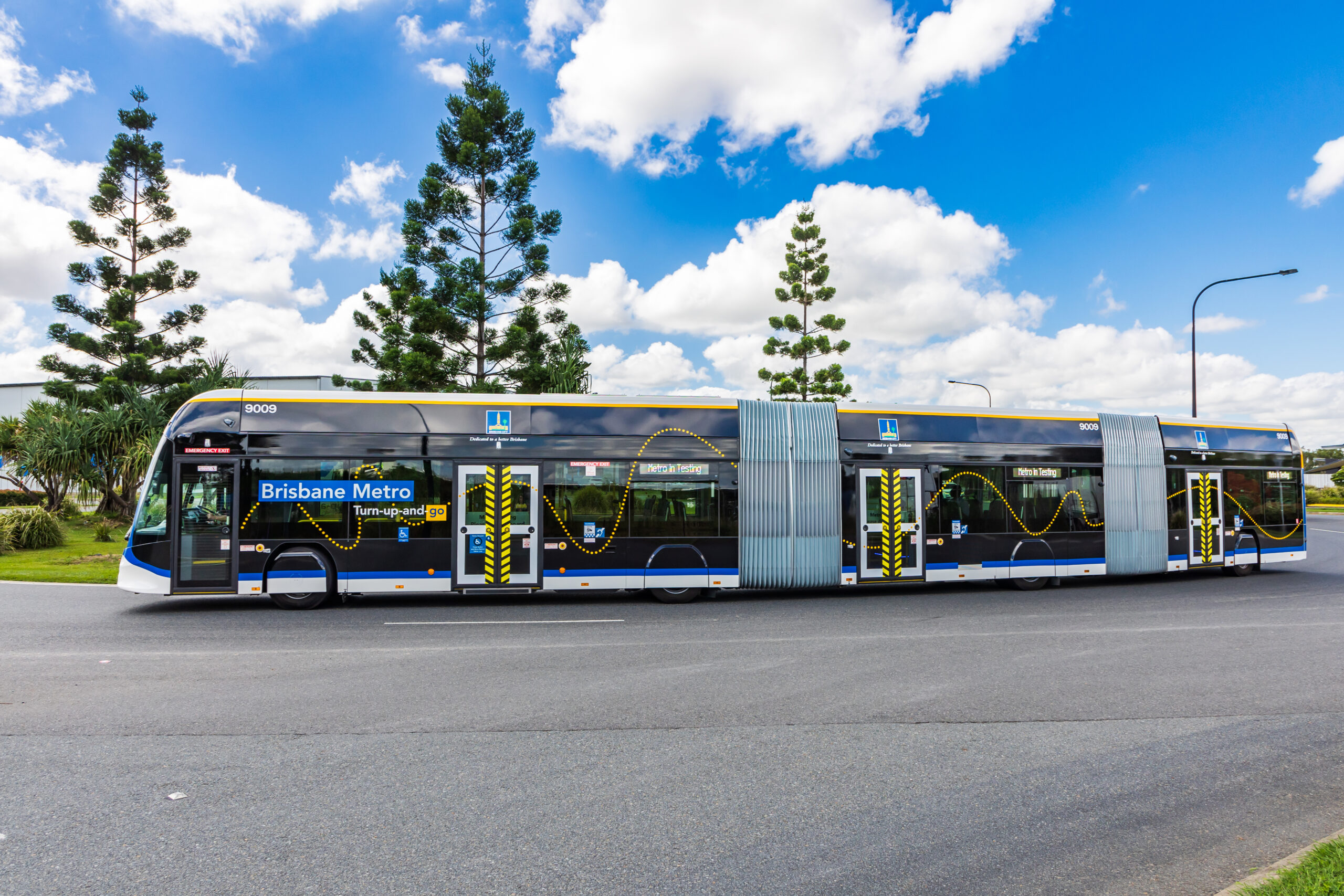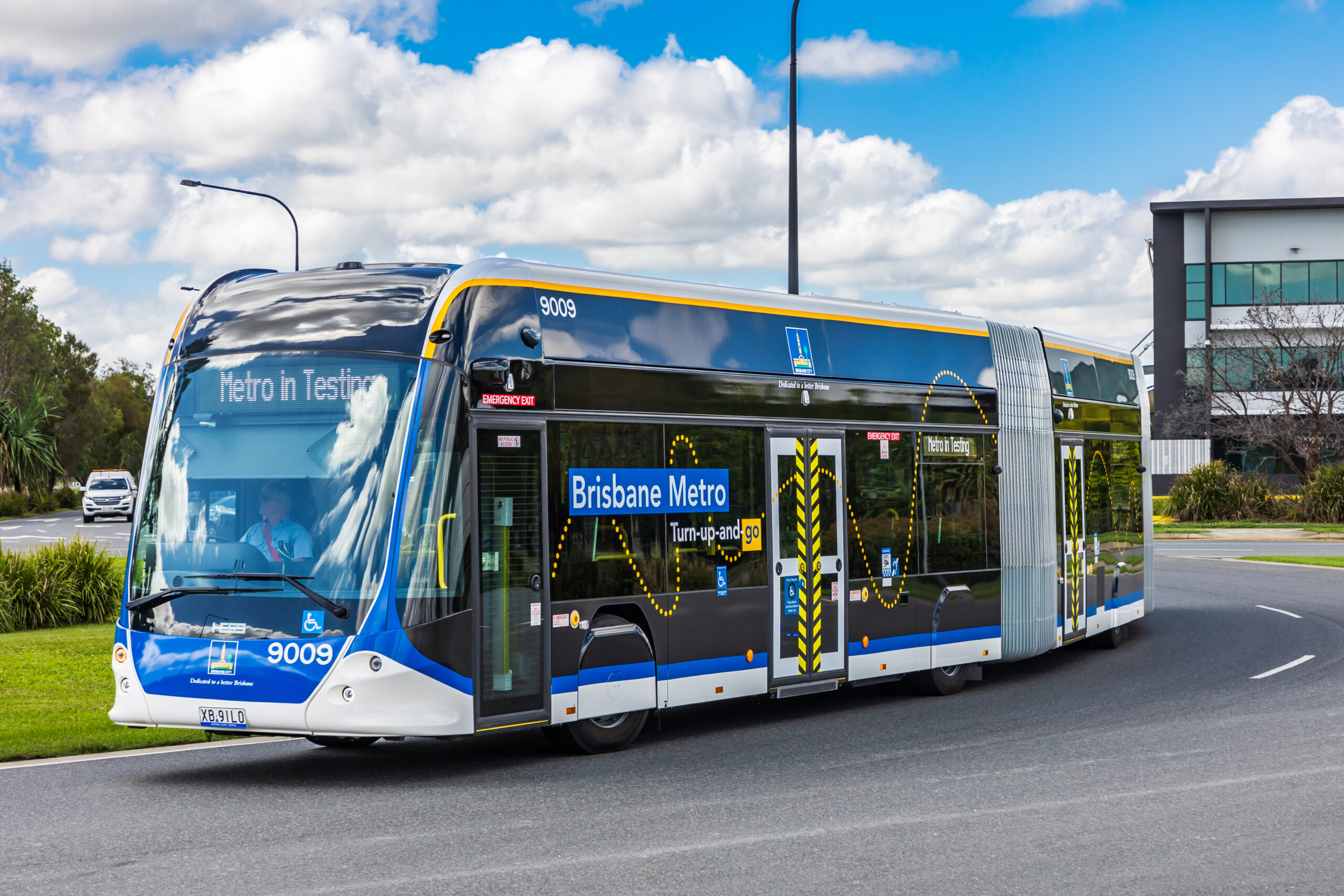Support CleanTechnica’s work through a Substack subscription or on Stripe.
Several high-ranking government officials have raised serious concerns about energy storage — namely, does it even exist, and even if it does exist, then isn’t it too expensive? Apparently those concerns are not top of mind for the judges of the prestigious Earthshot Prize. They have just tapped the US iron-air battery startup Form Energy to join 14 other finalists in the final round. The hotly competitive, highly selective global program saw almost 2,500 other promising nominees try and fail to make the final cut this year.
Does Energy Storage Actually Exist?
Regardless of the official US position on energy storage, the Founder and President of the Earthshot Prize seems convinced that it exists. That would be Prince William, who had this to say as the program arrives at its five-year anniversary:
“The Earthshot Prize has shown that the answers to our planet’s greatest challenges not only already exist, but that they are firmly within our grasp.”
Is he delusional? Maybe! Either way, Form Energy’s iron-air battery worked its way through the Earthshot Prize selection process to rise to the top of the Fix Our Climate category, so in all likelihood it does exist.
The finalist stage is also a rare, celebration-worthy achievement for the US. The EarthShot judges have tapped 60 finalists since the program launched in 2020. Only a scant handful of US-based firms have reached the final round.
The Form Energy Iron-Air Solution: Follow The Money
Of course, the real question about energy storage is not an existential one. It’s a duration one.
Today’s lithium-ion batteries typically last about four hours or less, enabling them to fill in during peak demand periods. They can also be paired with virtual power plants and other modern 21st century technologies to forestall the need to build expensive new gas peaker plants, and to introduce more wind and solar power into the grid.
However, we are 25% into the 21st century and gas power plants are still very much in demand. The need for more powerful, more economical wind and solar energy storage platforms was already clear when Form Energy launched in 2017, with plans to develop an iron-air long-duration battery based on the principle of “reversible rusting.” The company soon coalesced around a product that can deliver electricity for 100 hours. In addition to duration and cost, iron-air technology also gets points on supply chain and fire safety, too.
That sounds simple enough, but the devil is in the details. Iron has been explored as an energy storage material for decades without gaining much traction, two key challenges being scale-up and efficiency.
Form Energy has been hammering away at the problem since its launch in 2017, with a $9 million Series A assist from Breakthrough Energy Ventures, Prelude Ventures, and The Engine among others, followed by a $40 million Series B round in 2019, a $76 million Series C round in 2020, and onward to $240 million in Series D, and another $450 million (Series E), and then another $405 million (Series F) last year.
CleanTechnica’s Steve Hanley has been following the company regularly up through last year, when he took note of the company’s forthcoming energy storage project in Maine. The article attracted dozens of comments ranging from “I think this is really promising” to “this does not look like a good battery.”
Safety & Cost-Cutting
Comments aside, Earthshot Prize is not the only entity to determine that Form Energy falls on the “really promising” side of the scale. Form already has a number of contracts and utility partners in hand. The company also passed a key fire safety test last December, when it demonstrated that the iron-air battery conforms to UL9540A standards at the cell level. When battery cells meet those standards, there is no need for further testing at the module or system level.
“UL9540A is a critical safety benchmark in the energy storage industry, designed to evaluate a battery’s potential for thermal runaway and its ability to prevent the spread of heat or fire,” Form explains.
“Form Energy’s iron-air battery cells underwent rigorous testing, including multiple short-circuit failure modes in both charging and discharging conditions,” the company adds. “Even when subjected to extreme scenarios, such as charging while short-circuited or overcharging for seven continuous days, the cells remained stable with no uncontrolled heating or thermal runaway,” the company adds.
The focus on safety is a significant cost advantage, eliminating the need for fireproofing systems. The inherent safety of the system can also smooth the way for approval in urban environments and other locations where fire risk raises public concerns.
Next Steps For Energy Storage In The US
No word yet on whether or not the White House will celebrate Form Energy’s selection as an Earthshot finalist, vaulting the US into the upper ranks of a high profile global competition. After all, it’s almost like being nominated for a Nobel Prize.
The Energy and Interior Departments have already weighed in on the matter, along with the Environmental Protection Agency. Having thoroughly investigated the question of whether or not energy storage costs too much, even if it does exist, the heads of these three agencies have determined, well, who knows what.
Meanwhile, innovation in the the energy storage field continues apace, and other long duration alternatives to lithium-ion batteries have been cropping up. Last year BloombergNEF ran the numbers and noted that these new systems face the challenge of Li-ion’s long head start on cost, including economies of scale and mature supply chains. Still, BNEF determined that thermal and compressed air systems have already closed the gap.
“Thermal energy storage and compressed air storage are the least expensive LDES technologies, at $232 per kilowatt-hour and $293 per kWh of capex, respectively, data from the survey shows. For comparison, lithium-ion systems had an average capex of $304/kWh for four-hour duration systems in 2023,” BNEF noted. The survey was based on the firm’s 6+ hour definition for long duration.
In case you’re wondering, Li-ion doesn’t lend itself to the long duration format, that’s a good question. BNEF has an answer. “The unit costs of most long-duration energy storage solutions typically drop with each hour of storage added, so LDES technologies can scale more efficiently compared to lithium-ion batteries,” BNEF notes.
Long duration or not, the US energy storage market is still holding firm, despite the fantasy of a battery-free world articulated by some high ranking federal officials. The US-based global consulting firm Coherent Market Insights, for example, has just issued a new report under the title “U.S. Advanced Energy Storage Market Set to See Incredible Growth 2025–2032.”
Photo (cropped): The US energy storage startup Form Energy has been tapped as an Earthshot Prize finalist for its long duration, mass-producible iron-air battery technology (courtesy of Form Energy).
 Sign up for CleanTechnica’s Weekly Substack for Zach and Scott’s in-depth analyses and high level summaries, sign up for our daily newsletter, and follow us on Google News!
Sign up for CleanTechnica’s Weekly Substack for Zach and Scott’s in-depth analyses and high level summaries, sign up for our daily newsletter, and follow us on Google News!
Have a tip for CleanTechnica? Want to advertise? Want to suggest a guest for our CleanTech Talk podcast? Contact us here.
Sign up for our daily newsletter for 15 new cleantech stories a day. Or sign up for our weekly one on top stories of the week if daily is too frequent.
CleanTechnica uses affiliate links. See our policy here.
CleanTechnica’s Comment Policy





